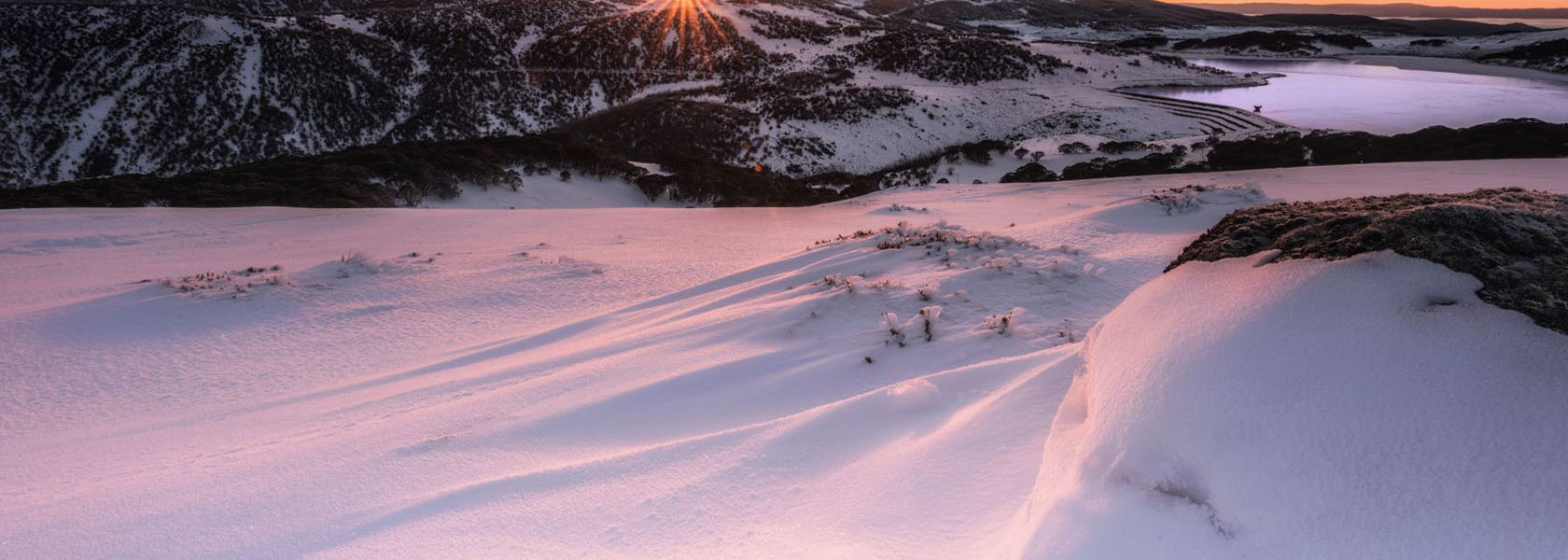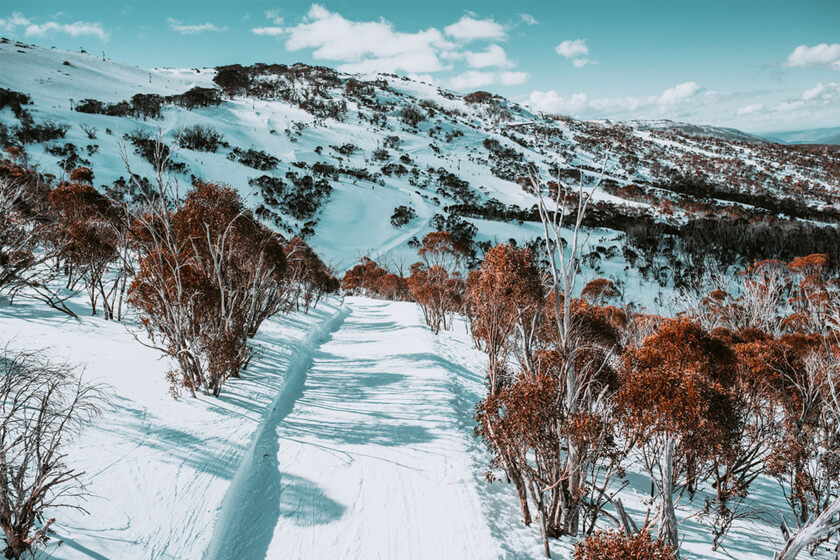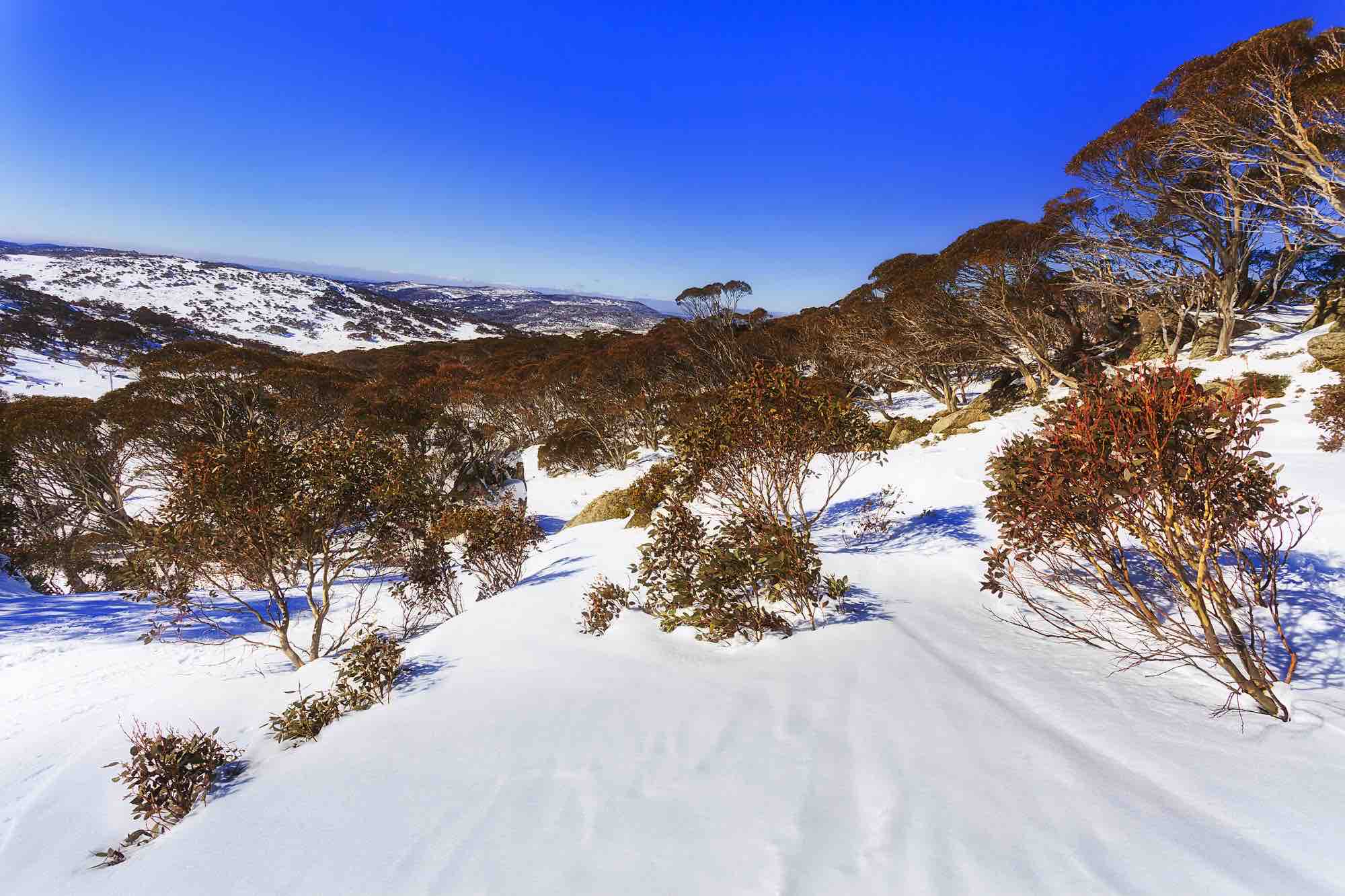Explore the Fascination Behind Snow In Australia and Its Mountainous Areas
Explore the Fascination Behind Snow In Australia and Its Mountainous Areas
Blog Article
Discover the Remarkable Impacts of Snow in Australia on Local Ecosystems
Regardless of its track record for sun-soaked landscapes, Australia additionally boasts regions blanketed by snow-- a sensation that exceptionally influences the nation's unique ecological communities. The insulating homes of snows protect plants and animals among the coldest wintertimes, while the melting snow supports rivers and aquatic life.
The Unexpected Regions of Snowfall in Australia
Although Australia is usually associated with sun-scorched landscapes and sandy beaches, particular areas remarkably experience snowfall. The high nation areas of New South Wales, Victoria, and Tasmania are specifically understood for their wintertime snow. The Snowy Mountains in NSW, as an example, get bountiful seasonal snow, offering a stark contrast to the country's common warm, arid climate. At the same time, the Victorian Alps and parts of Tasmania additionally see yearly snowfalls, changing the landscape into a wintertime paradise. These areas are not just abnormalities however important parts of Australia's varied environment system. The visibility of snow in these regions significantly influences regional communities, ultimately affecting the country's special biodiversity. The particular effect on Australia's distinct vegetation will be reviewed in the next area.

Just How Snow Impacts Australia's Special Plants
While it might seem unusual, snowfall in Australia plays a vital function fit the country's special vegetation. The snow-filled winters months foster resilience in Australian plant species. This is especially obvious in the sub-alpine and towering regions, where snow gums and hill plum-pines prosper. These plants have actually evolved to make it through in severe problems, with snow acting as a protective blanket from extreme winds and freezing temperatures. The snow also adds to the wetness content of the dirt, providing essential hydration for plant throughout the completely dry summertime. Essentially, the snow affects the timing of flowering and seed dispersal, the development rates, and the survival of numerous plant types, showcasing the complex interplay in between environment and plants in Australia.

The Adaptations of Australian Fauna to Snowfall
Simply as Australia's flora has actually adapted to the wintery conditions, the local fauna as well, show impressive adaptations to the snowfall. It makes use of the snow as insulation, hibernating in rock holes beneath the snow to stay cozy. The Snow Skink, a types of anchor lizard, alters its colour to white during wintertime, giving camouflage versus killers.
The Function of Snow in Shaping Local Ecological Communities
In forming the local ecological communities, the function of snow in Australia is both profound and multilayered. It influences the distribution of vegetation and animals, mainly defining the biodiversity of alpine and why not find out more sub-alpine areas. Snow gives an important water resource, feeding rivers and reservoirs as it thaws, hence supporting a variety of marine life kinds. In addition, snow acts as an insulator, safeguarding ground-dwelling microorganisms from severe cold. Likewise, it plays a significant function in soil formation and nutrient cycling. The regular cold and thawing of soil induced by snowfall fosters the breakdown of rocks, improving dirt fertility. Consequently, the visibility of snow forms the vegetation patterns, animal habits, and overall sustainability of Australia's unique environments. Does Australia Get Snow.

The Future of Snowfall in Australia: Predictions and Ramifications

Given the vital role snow plays in shaping neighborhood environments, the future of snowfall in Australia is drawing boosting focus from researchers and environmentalists. Current environment versions forecast a significant decrease in snowfall as a result of international warming, with potentially extensive influence on neighborhood environments. Less snow might result in reduced water schedule in alpine regions, negatively impacting wildlife habitats and plant. Additionally, it can alter the timing of seasonal changes, disrupting the life process of numerous native species. The tourist sector, greatly dependent on the winter snow season, may also encounter considerable difficulties. Consequently, comprehending these predictions and their effects is important to establish efficient preservation techniques, making certain the conservation of Australia's special biodiversity and the sustainability of its economic climate.
Conclusion
The function of snow in Australia's environments is critical yet typically overlooked. Thus, the snow in Australia is a lot more than a natural spectacle; it's an important gamer in the nation's ecological story.
Despite its reputation for sun-soaked landscapes, Australia likewise boasts regions buried by snow-- a sensation that exceptionally influences the nation's special communities. It uses the click to read more snow as insulation, hibernating in rock crevices below the snow to remain warm - Does Australia Get Snow.In shaping the regional environments, the function of snow in Australia is both multilayered and profound. The existence of snow forms the vegetation patterns, animal actions, and general sustainability of Australia's distinct ecosystems
Offered the crucial duty snow plays in forming local communities, the future of snowfall in Australia is drawing boosting attention from scientists and ecologists.
Report this page